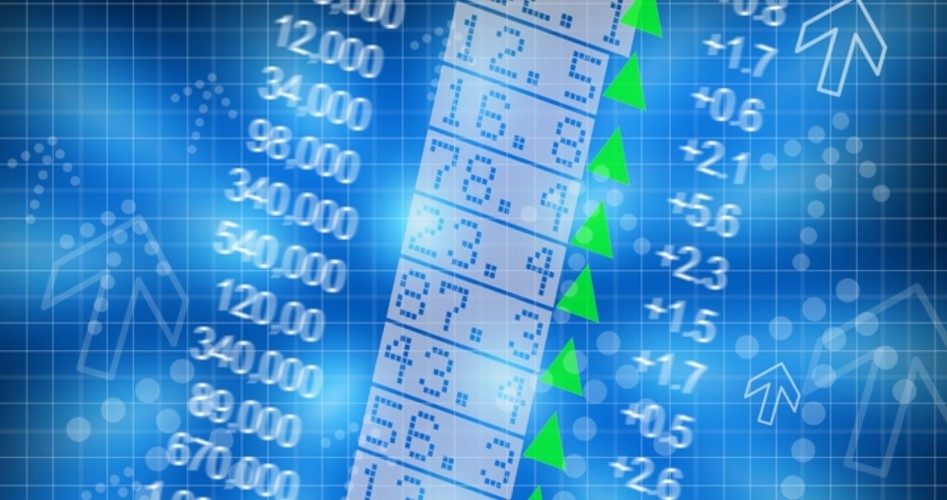
Two of the three major market indexes closed at record highs on Tuesday, marking the end of the bear market and making it the third-fastest recovery since the Great Depression.
The Standard & Poor’s 500 stock index lost 34 percent of its value between February 19 and March 23. Since then, it has gained it all back and now shows a gain for the year. That five-month recovery is the third-fastest since 1929.
The Nasdaq has also rebounded, setting new highs, while the Dow remains a scant five percent away from a full recovery from the COVID shutdown.
Tech stocks have driven the recovery, including GAFAM — Google, Amazon, Facebook, Apple, and Microsoft — which collectively have rebounded by 72 percent since the March lows.
The market has also been driven by a faster economic recovery from the shutdown than many forecasters have expected, including housing starts, which jumped 22 percent in June along with new housing permits. Unemployment has dropped faster than expected as well, with forecasters now adjusting their expectations that the unemployment rate will be at just 5.5 percent by the end of 2021.
But can the heroic recovery in stocks continue?
Ed Yardeni, head of Yardeni Research and a long-time bull, thinks so. In a note to clients last week, he said he thinks that the S&P 500 index will rise another three percent by the end of the year, and another 10 percent next year. Yardeni thinks other forecasters are underestimating U.S. companies’ future profit growth as the economy rebounds.
So does Schroders, a British multinational asset-management company. It just released the results of a survey of more than 23,000 investors worldwide who manage their own portfolios, and concluded that their “expectations for income and returns are still on the rise.”
The most optimistic are the 1,500 investors they quizzed in the United States, who said they expect stocks to nearly double by 2025, less than five years from now. That would put the S&P 500 index at 6,000 (up from its 3,389 close on Tuesday), and the Dow at 52,000 (up from 27,773 on Tuesday).
That works out to be more than a 15-percent annual return over the next five years. Better still, it reflects their expectations that the impact from the COVID shutdown will peter out dramatically, with its impact on stocks and the economy lasting for at worst just two years. Most are expecting its negative impact on the economy to have dissipated in six months.
In an effort to dampen readers’ expectations, Brett Arends, a financial writer for MarketWatch who just reviewed the Schroder survey, pointed out that those 1,500 personal investors in the United States could be wrong. After all, he wrote, “by all measures the S&P 500 valuation today is up in the nosebleed section” and that historically speaking “the average five-year gain is half as much.” He noted also that it’s “near market peaks when investors are most bullish.”
It is possible that those 1,500 U.S. investors managing their own portfolios are looking past the November election with Trump remaining in the driver’s seat. They might be taking comfort in the president declaring, “We built the greatest economy in the world; I’ll do it a second time.”
Image: Thinkstock
An Ivy League graduate and former investment advisor, Bob is a regular contributor to The New American, writing primarily on economics and politics. He can be reached at [email protected].
Related article:



